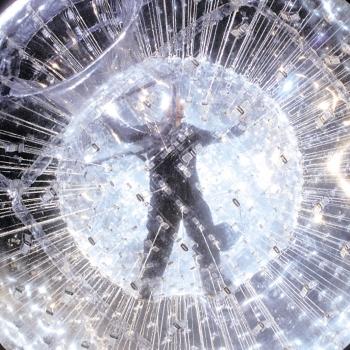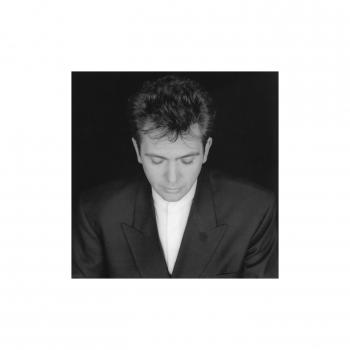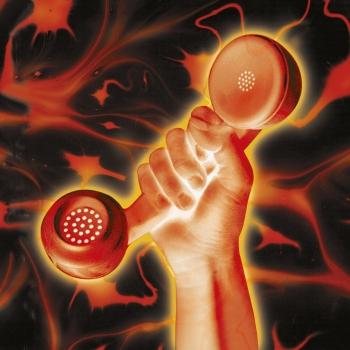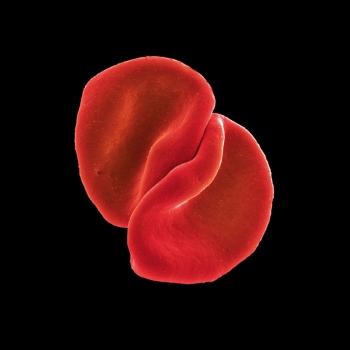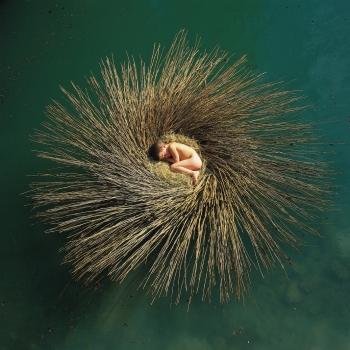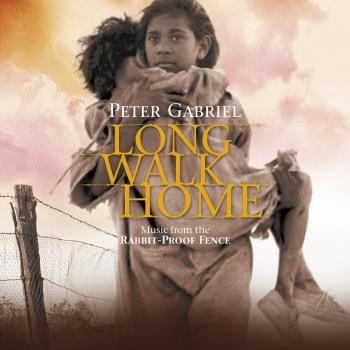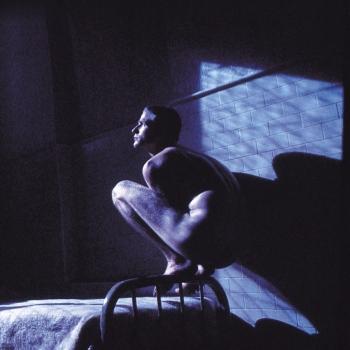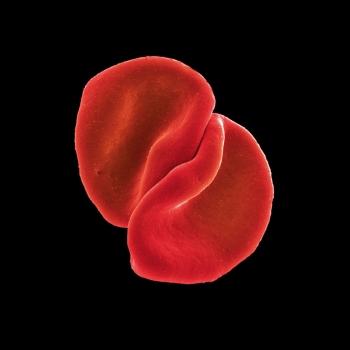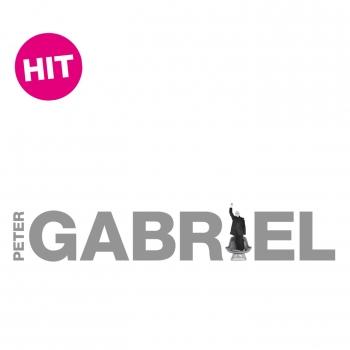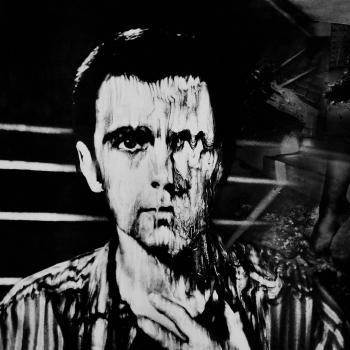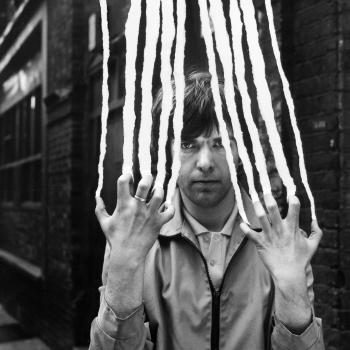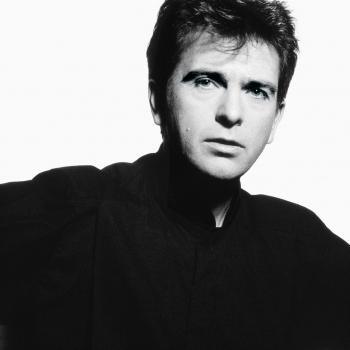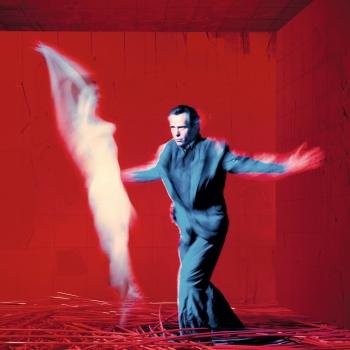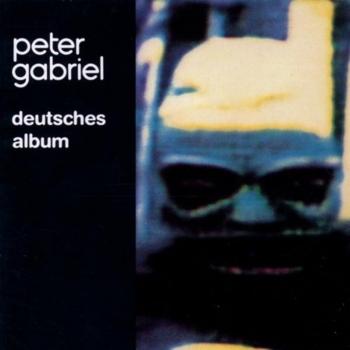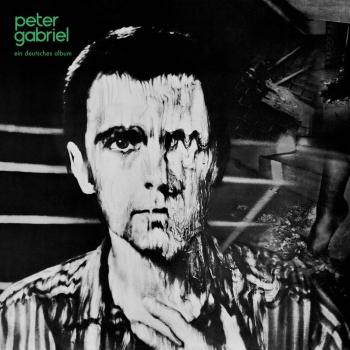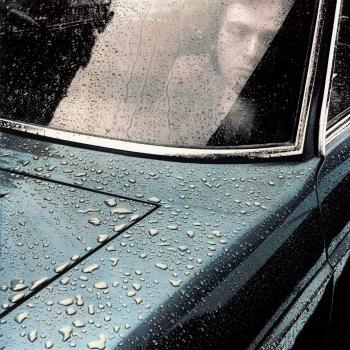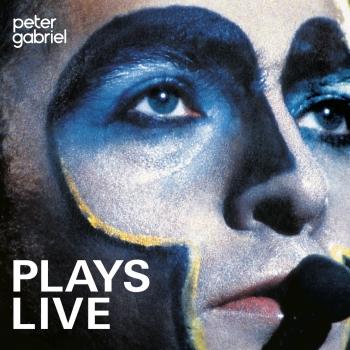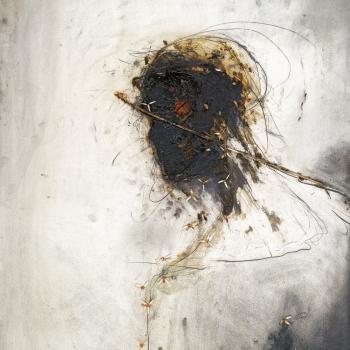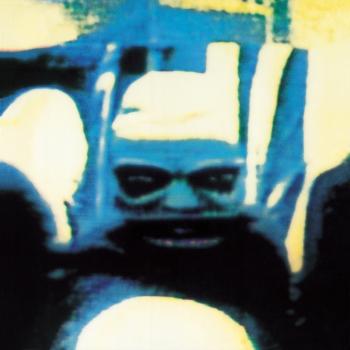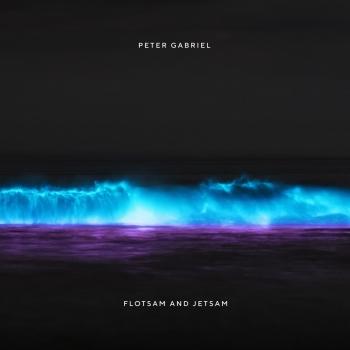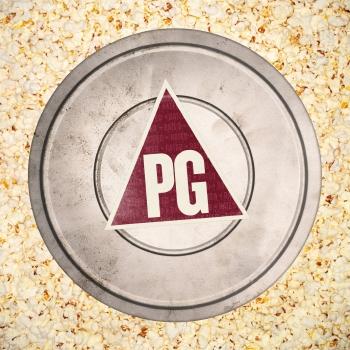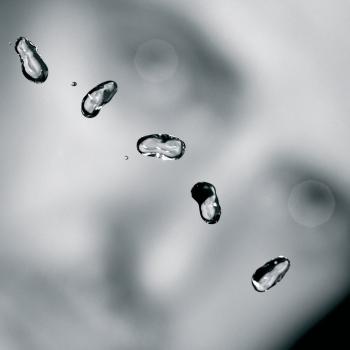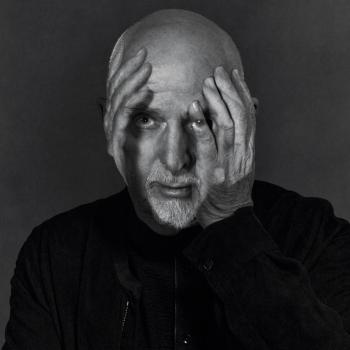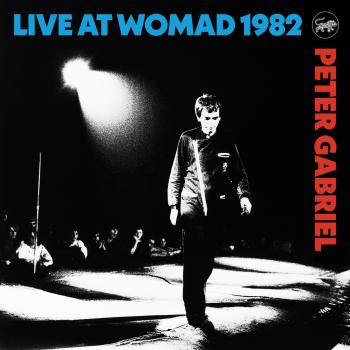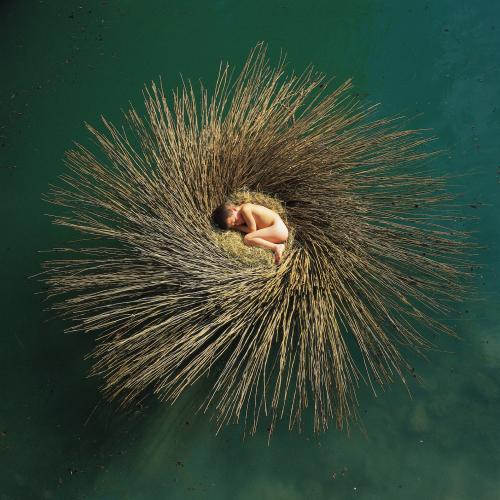
OVO (Remastered) Peter Gabriel
Album info
Album-Release:
2019
HRA-Release:
15.11.2019
Album including Album cover
I`m sorry!
Dear HIGHRESAUDIO Visitor,
due to territorial constraints and also different releases dates in each country you currently can`t purchase this album. We are updating our release dates twice a week. So, please feel free to check from time-to-time, if the album is available for your country.
We suggest, that you bookmark the album and use our Short List function.
Thank you for your understanding and patience.
Yours sincerely, HIGHRESAUDIO
- 1 The Story Of OVO 05:21
- 2 Low Light 06:37
- 3 The Time Of The Turning 05:06
- 4 The Man Who Loved The Earth / The Hand That Sold Shadows 04:15
- 5 The Time Of The Turning (Reprise) / The Weavers Reel 05:37
- 6 Father, Son 04:55
- 7 The Tower That Ate People 04:50
- 8 Revenge 01:31
- 9 White Ashes 02:34
- 10 Downside-Up 06:04
- 11 The Nest That Sailed The Sky 05:05
- 12 Make Tomorrow 10:01
Info for OVO (Remastered)
OVO is the Gabriel-authored soundtrack to the Millennium Dome Show, the 160-artist extravaganza that underwent 999 performances during the 365 days in 2000 that the Dome was open. Helping to tell the story of three generations of the same family living through three distinct eras – the past, the present, the future – Peter’s soundtrack accordingly drew from deep, long-held tradition and from contemporary grooves. Hurdy-gurdys butted up alongside drum & bass, ancient dancing the same millennium-celebrating dance as modern.
Released halfway through 2000, OVO boasts a stellar cast, including Cocteau Twin Elizabeth Fraser, Neneh Cherry, Alison Goldfrapp and Paul Buchanan from The Blue Nile. Some of the tracks from OVO have become fixtures of the Gabriel canon, among them Downside Up and The Nest That Sailed Away, both of which would be reprised ten years later on the orchestral album New Blood.
“With titles I always like things which are short – I use two letter titles often on my own records. I like the way you get a graphic element to the text rather than just a text with it’s own language. I have always liked symmetrical words and palindromes visually, and OVO seemed to fit. As the story was partly a sort of creation myth, the egg element was in there and so was the idea at the end that the baby OVO was born as a representative of the future.
One of the ideas that interested me was trying to present two views of Britain. One is the British sensibility, with references from history and folk music. Against that we wanted to set a more contemporary Britain, which would be more multi-cultural and it would include Asian elements, African, Australian – as sort of broader mixture of influences. So to that end, the Dhol Foundation put in some Asian rhythms, we have some African rhythms from Adzido, there is some didgeridoo and Arabian rhythmic elements as well. The brass band grew out of the mining villages and in reference to the industrial era, the middle section of the record, they provided a very evocative and nostalgic sound.
We effectively tied up two studios for 18 months and (engineers) Richard Chappell and Alan Coleman were down in the writing room studio, which I call the garden shed, outside at the back. Richard Evans and Edel Griffiths were both in the Workroom doing different things. Sometimes we would all get together to look at some rhythmic elements downstairs in one of the studios.
There was a ton of material so Edel and Alan, as well as working on the music, were trying to log everything. I learnt many years ago that you should keep tape running, although it seems wasteful to keep a DAT permanently on go whenever noise is being made, but we caught some moments which might have otherwise been lost. So often in music it’s something in the air. You think that you are playing exactly the same things as you were playing before, but somehow the spirit is gone and it is a dead corpse that you are working with. You’ve forgotten what was giving it life, whereas if you keep the tape running, you can always come back to the moments that really catch fire. It’s sounds and ideas. Sounds are easier to store safely but mood is a fickle beast. Just when you think you have trapped it, it disappears in front of you. In a sense making music is trying to trap magic as it happens.
Because we were telling a story with different characters, it seemed much more effective to have different people singing their parts. We have a lot of great vocalists working on this record, and that was exciting for us. Elizabeth Fraser is singing Sofia, the daughter. I loved her singing with the Cocteau Twins and more recently with Massive Attack and I was very happy that she was willing to get involved. There is a tenderness and vulnerability in her voice, which is very appealing, and I think she is very musical – the way she was improvising in certain places was very strong.
The part of the father is sung be Richie Havens. I have known him for a couple of years and often come across him at human rights protests – he is a really warm man with a lived-in, rich voice. Paul Buchanan sings the part of Skyboy. When I first heard The Blue Nile, many years ago now, I was blown away by the vocals. Paul, whom I met on a few occasions, was very happy to take the main part.
I do Ion, the industrial megalomaniac from Act 2 on ‘The Tower That Ate People’, and that was fun because it was a bluesy distorted voice, which was a fun thing to sing. It started really from this groove, as many things do, but there is this riff, which is actually a flute but it sounds like an electric guitar, bam-bam-baam. That was the starting point if you like and things built out from there. There is this fuzzed up vocal which is more Dr. John than my usual stuff and that was a fun thing to play with.
‘Father Son’ was actually written before the Dome project came up but because it was about the relationship of different generations it seemed like it would fit well.
I went to this hotel in Wales for some of it [the lyric writing process] then spent some time driving on the North Devon coast. I find driving and trains much more productive than staying still in one place and I think (this is a theory I have not yet been able to prove) that the brain is stimulated by motion. When you are in a train or in a car you have stuff flying past you all the time, and so a certain type of brain activity is induced that I think is very good to get into this meditative hum of trying to find your way into lyric writing. For me I know that on trains and driving is when I get ideas.
"In 1997, Peter Gabriel was asked to pilot a visual project for London's Millennium Dome. OVO is a work based on the intersecting problems of race relations, environmental concerns, family issues, and fairy tales as allegories, violence, and more. And keep in mind that this was to be a visual piece. Gabriel, to meet the challenge for CD, added a ton of multimedia to the musical soundtrack: there is a drawn storybook, The Story of OVO, a view of the installation itself from every angle, and many stopgap notes, drawings, and the like. For the soundtrack, he enlisted the help of collaborators such as Elizabeth Fraser, Neneh Cherry (whatever happened to her third record, the one she did with Tricky?), Richie Havens, the Black Dyke Mills Band, the Electra Strings, Paul Buchanan (of Blue Nile), Adzido, the Dhol Foundation drummers, and Iarla Ó Lionáird from the Afro-Celt Sound System. Needless to say, the music is all over the map, from a rap version of the "Story of Ovo" to an Irish jig to Gabriel's percussive culture plundering soundscapes and new songs (including a truly dull rework of "Digging in the Dirt") to Eno-like ambiences to folk songs and new songs with Havens and Ó Lionáird singing like the opposite ends of a heavenly choir and Liz Fraser soaring over the Dhol Foundation drummers. It sounds awesome doesn't it? It should be. But it's not. OVO sounds labored, choppy, and pasted together, like it is the soundtrack to a visual installation, and feels incomplete without it. This is not a project like Passion was or even Birdy; it's a pastiche that attempts to be as ambitious as the installation project. And it is ambitious. Unfortunately, musically it isn't consistent enough to sustain the listener's interest for the entire length of the recording. It is a curious project with moments, but is most likely for hardcore fans only." (Thom Jurek, AMG)
Produced by Peter Gabriel
Digitally remastered
Peter Gabriel
has earned a worldwide reputation for his innovative work as a musician, writer and video maker. When at school he co-founded the group Genesis, which he left in 1975. His albums, live performance and videos since then have won him a succession of awards. Gabriel has released eleven solo albums and in 1986, his album 'So' won him his first Grammy. The videos from this project confirmed him as a leader in video production and included 'Sledgehammer', which has won the most music video awards ever, including number one position in 'Rolling Stones' top 100 videos of all time and the MTV most played video of all time.
This album contains no booklet.












